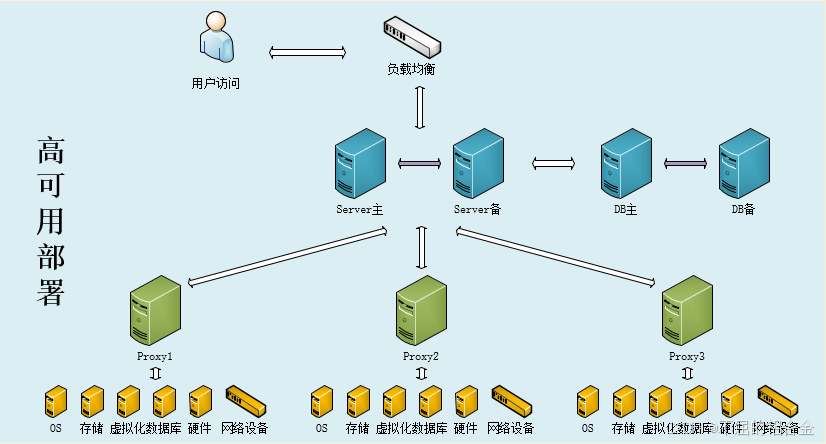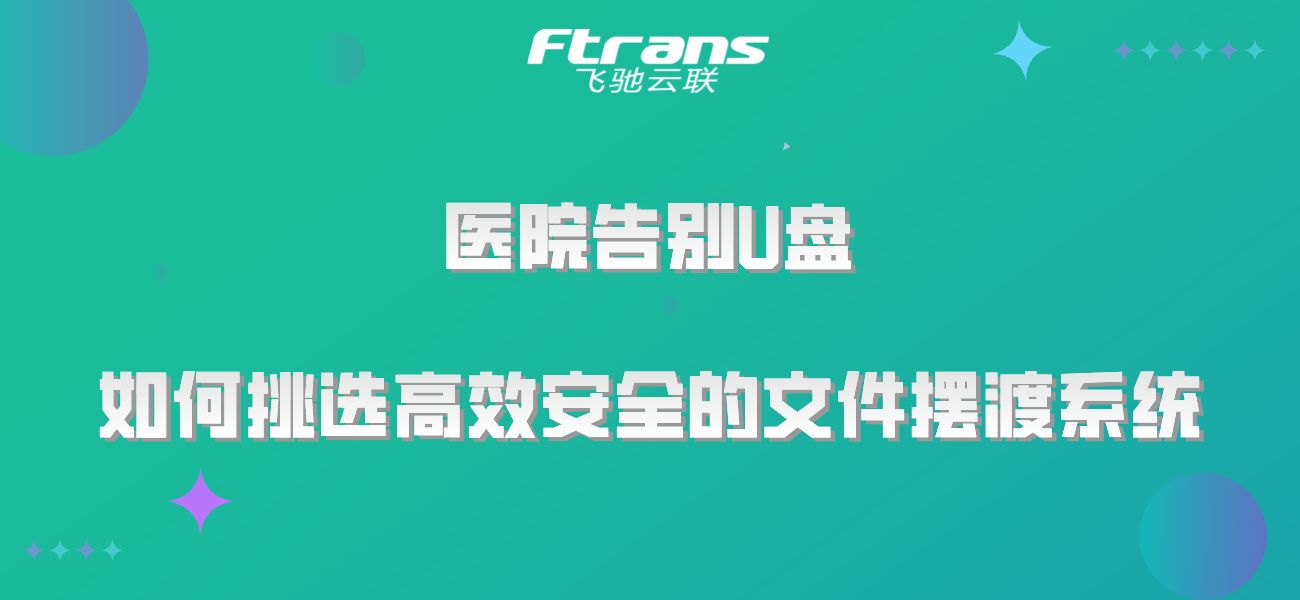第八章 进阶学习
在本章中,我们将深入探讨一些高级的游戏开发技巧。这些技术可以使你的游戏更具吸引力和互动性,从动画效果到复杂的碰撞检测,再到多人网络功能。掌握这些技巧将帮助你提升游戏的质量,并为玩家带来更丰富的体验。

8.1 动画效果
目标: 创建和控制动画,以使游戏中的对象更加生动和有趣。
8.1.1 动画原理
动画通常通过逐帧显示图像序列来实现。每一帧代表动画的一个步骤,按顺序显示这些帧就可以创建动画效果。以下代码将实现一个会动的蜡烛动画。
图片素材(大家将以下素材分别命名为1-5.png,并且保存在zz目录):





8.1.2 实现动画效果
-
准备动画帧:将动画的每一帧图像保存在列表中。
# 加载动画帧 walk_frames = [pygame.image.load(f"walk_{i}.png") for i in range(1, 5)] -
控制动画播放:在主循环中更新动画帧的索引。
current_frame = 0 frame_rate = 0.1 # 控制动画速度 last_update = pygame.time.get_ticks() while True: now = pygame.time.get_ticks() if now - last_update > frame_rate * 1000: current_frame = (current_frame + 1) % len(walk_frames) last_update = now screen.blit(walk_frames[current_frame], (x, y))
完整代码:
import pygame
import sys
pygame.init()
screen = pygame.display.set_mode((800, 600))
pygame.display.set_caption("简单的平台游戏")
# 加载动画帧
walk_frames = [pygame.image.load(f"zz/{i}.png") for i in range(1, 5)]
# 设置显示图片的大小
image_width, image_height = 512, 300 # 你可以根据需要调整宽度和高度
current_frame = 0
frame_rate = 0.1 # 控制动画速度
last_update = pygame.time.get_ticks()
x, y = 0, 0 # 设置动画显示的位置
while True:
for event in pygame.event.get():
if event.type == pygame.QUIT:
pygame.quit()
sys.exit()
now = pygame.time.get_ticks()
if now - last_update > frame_rate * 1000:
current_frame = (current_frame + 1) % len(walk_frames)
last_update = now
# 清空屏幕
screen.fill((0, 0, 0))
# 调整图片大小
frame_image = pygame.transform.scale(walk_frames[current_frame], (image_width, image_height))
# 绘制调整大小后的图片
screen.blit(frame_image, (x, y))
# 更新屏幕
pygame.display.flip()
# 添加延迟以限制帧率
pygame.time.delay(10)
以下是运行效果:
8.2 碰撞检测优化
目标: 使用更复杂的碰撞检测算法来提高检测精度,特别是在处理像素级别的碰撞时。
8.2.1 基本碰撞检测
在简单的矩形碰撞检测中,我们使用 pygame.Rect 对象检查矩形的重叠情况。
游戏素材(图1命名为mla.png,图2命名为wg.png并将他们都存入zz目录):


8.2.2 像素级碰撞检测
-
加载图像并创建掩码:
from pygame.mask import from_surface image1 = pygame.image.load("image1.png") image2 = pygame.image.load("image2.png") mask1 = from_surface(image1) mask2 = from_surface(image2) -
检测像素级碰撞:
if mask1.overlap(mask2, (x2 - x1, y2 - y1)) is not None: print("Collision detected!")
完整代码:
import pygame
import sys
# 初始化 pygame
pygame.init()
# 设置屏幕
screen = pygame.display.set_mode((800, 600))
pygame.display.set_caption("简单的平台游戏")
# 加载并缩放图片
def load_and_scale_image(filename, size):
image = pygame.image.load(filename).convert_alpha()
return pygame.transform.scale(image, size)
# 设置图像大小
image_size = (100, 100) # 图片宽高
# 加载并缩放图片
image1 = load_and_scale_image("zz/mla.png", image_size)
image2 = load_and_scale_image("zz/wg.png", image_size)
# 创建掩码
mask1 = pygame.mask.from_surface(image1)
mask2 = pygame.mask.from_surface(image2)
# 设置图像的位置
x1, y1 = 100, 100 # image1 的位置
x2, y2 = 300, 300 # image2 的位置
# 游戏状态
game_over = False
# 字体设置
font = pygame.font.Font(None, 74) # 可以根据需要调整字体大小
def display_game_over_message():
"""显示游戏结束消息"""
text = font.render('Game Over', True, (255, 0, 0)) # 红色文本
screen.blit(text, (screen.get_width() // 2 - text.get_width() // 2, screen.get_height() // 2 - text.get_height() // 2))
while True:
for event in pygame.event.get():
if event.type == pygame.QUIT:
pygame.quit()
sys.exit()
# 获取按键状态
keys = pygame.key.get_pressed()
# 控制图片1的移动
if keys[pygame.K_LEFT]:
x1 -= 5
if keys[pygame.K_RIGHT]:
x1 += 5
if keys[pygame.K_UP]:
y1 -= 5
if keys[pygame.K_DOWN]:
y1 += 5
# 更新掩码
mask1 = pygame.mask.from_surface(image1)
# 检查碰撞
if mask1.overlap(mask2, (x2 - x1, y2 - y1)) is not None:
game_over = True
# 清空屏幕
screen.fill('white')
if game_over:
display_game_over_message()
else:
# 绘制图像
screen.blit(image1, (x1, y1))
screen.blit(image2, (x2, y2))
# 更新屏幕
pygame.display.flip()
# 添加延迟以限制帧率
pygame.time.delay(10)
实现效果(当马里奥与乌龟碰撞在一起将显示游戏结束):

8.3 网络功能
目标: 实现简单的多人游戏网络功能,允许玩家在网络上互相对战。
8.3.1 基本网络通信
使用 Python 的 socket 模块来建立客户端和服务器之间的连接。
-
创建服务器:
import socket server = socket.socket(socket.AF_INET, socket.SOCK_STREAM) server.bind(("localhost", 5555)) server.listen(1) connection, address = server.accept() -
创建客户端:
import socket client = socket.socket(socket.AF_INET, socket.SOCK_STREAM) client.connect(("localhost", 5555)) -
发送和接收数据:
# 服务器端接收数据 data = connection.recv(1024) connection.sendall(b"Data received") # 客户端发送数据 client.sendall(b"Hello, server") response = client.recv(1024)
小结
本章介绍了高级的游戏开发技巧,包括动画效果、碰撞检测优化和网络功能。通过学习这些技术,你可以为游戏添加更多的动态效果和互动功能,使游戏体验更加丰富和有趣。继续探索这些高级功能,将帮助你在游戏开发中达到新的高度。




![[数据集][目标检测]绳子检测数据集VOC+YOLO格式322张1类别](https://i-blog.csdnimg.cn/direct/723177636fc843e59f45d42d3c33bab1.png)


![[Leetcode 61][Medium]-旋转链表](https://i-blog.csdnimg.cn/direct/e9379790072340b58b37a212d8f2eff0.png)









